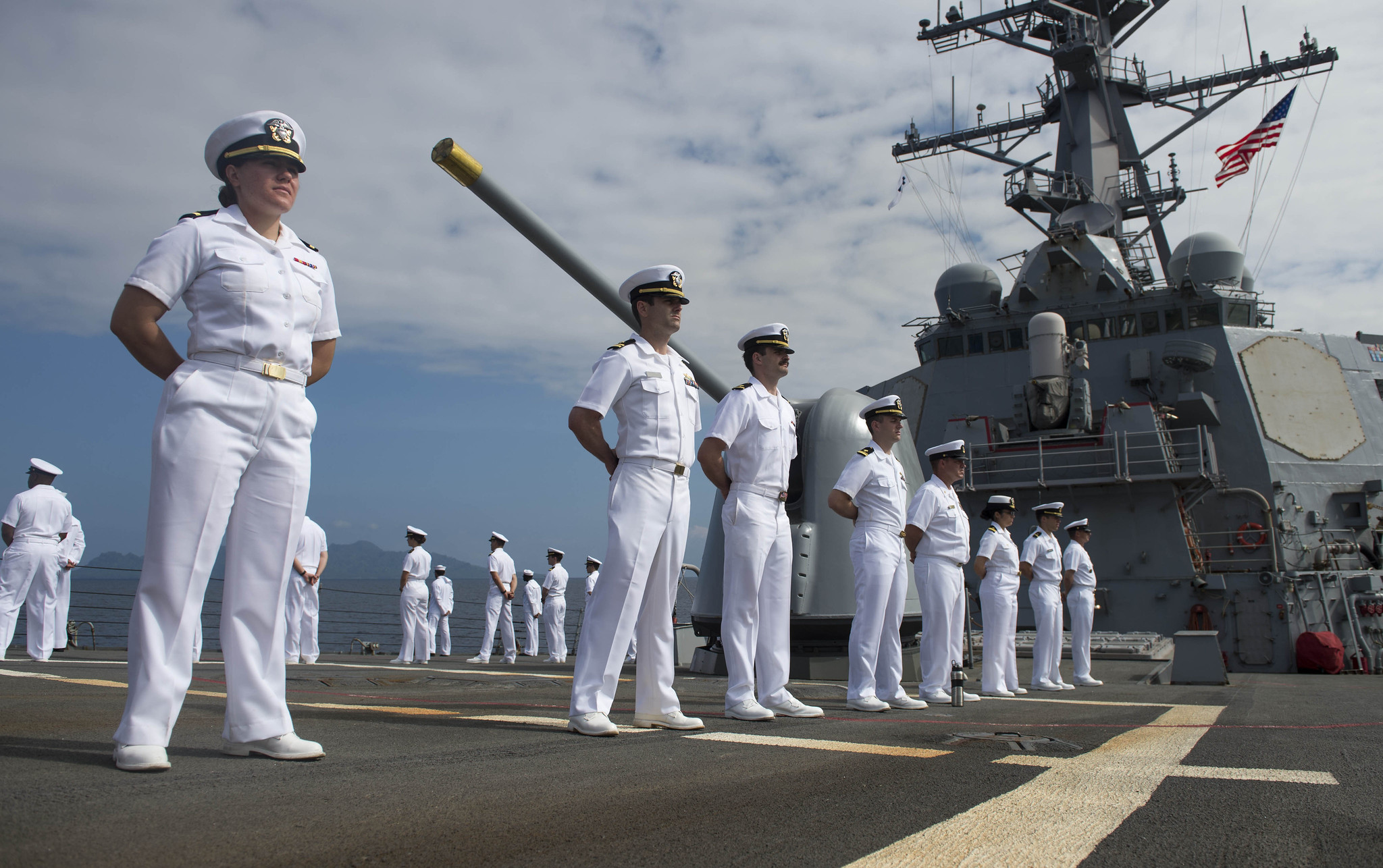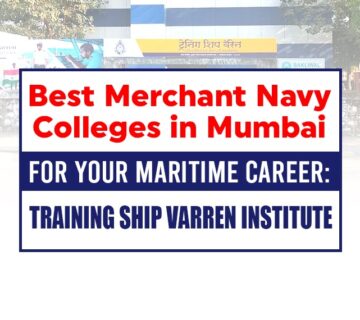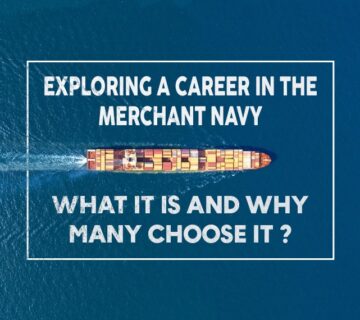Merchant navy is a means through which many people transport goods and commodities around the globe through sail. It is important in international trade and commerce. The last three decades have seen significant progress in merchant navy operations and, especially, in safety as a result of technological advances. These are some of the developments that attract candidates in the pursuit of Merchant Navy courses and careers. Knowing why merchant navy salaries and possibilities are still increasing can be better illustrated when one understands recent technologies as well as safety upgrades.
-
Improved Ship Design
The modern designs of merchant vessels are developed using the latest technological innovations by naval architects. The bow shapes and hulls of modern merchant ships are redesigned to optimize fuel consumption. High-tech composites have now replaced propellers and rudders. Advanced coatings reduce drag. Green issues on new ships include control of emissions, waste management, and energy efficiency. The use of advanced navigation, propulsion, and cargo makes it more feasible. Ergonomic designs enhance the safety of crew members and enhance overall crew comfort. The modern merchant ship is a very complicated, highly evolved machine. Computer models and simulations help naval architects develop the best hull forms and propulsion arrangements for maximum cargo capacity, speed, and efficiency.
-
Upgrade navigation and communication.
Communication and navigation technology continuously improve on merchant vessels. Other integrated navigation systems consist of digital charts, GPS, radar, and automatic tracking. This ensures accurate real-time data to prevent collisions and navigate the best routes. There are reliable ship-to-shore communications through satellites and radio. This ensures maritime internet access. The centralization of operational data is done through digital information systems. The advanced navigation and communication technology enables the merchant crews to remain connected and informed while at sea. Modern LED lights make the bridge and navigation areas visible but, at the same time, save electric energy.
-
Enhanced cargo handling
The third-way technology helps update includes cargo handling on merchant vessels. Computerized inventory systems track cargo. Automated security results in better load stability. Intermodal transport is based on containers and pallets. Cargo is efficiently moved using forklifts, conveyor belts, and elevators. Bulk liquid cargo is monitored by tank-level gauges. Technology helps transport higher tonnages on merchant ships. These also help to open up global trade through merchant fleets. GPS technology helps to monitor a container’s location and status in real-time, both while it is afloat and on land.
-
Improved Propulsion and Fuel Efficiency
Today’s merchant vessels are highly fuel-efficient as a result of engine and propulsion advancements. Electronic fuel injection results in cleaner and smoother running of marine diesel engines. Controllable-pitch propellers automatically adjust the power for effective propulsion forward. Hull coatings and air lubrication systems minimize friction. Energy efficiency software is a way to optimize energy usage. Liquid natural gas (LNG) and fuel-cell technologies lower emissions. Thus, modern merchant ships are strong yet eco-friendly because of these innovations in propulsion and others. Lighter but stronger propellers that rotate more efficiently will be made possible by new polymer materials.
-
Automation and control
They also apply higher levels of automation and control to merchant vessels. The operational oversight of integrated bridges is centralized. Automated mooring systems handle docking. Components are monitored in real time by smart sensors. Automated bilge systems prevent flooding. Remote monitoring of ship systems enables control of these systems from the shore. Robots inspect risky, confined areas. Reliability and safety can be enhanced by automating routine functions. Automation technology brings advantages to merchant fleets. Machine learning helps identify component issues that precede breakdowns and failures, thus guiding predictive maintenance.
-
Enhanced Safety Standards
The use of evolving technologies facilitates the achievement of enhanced merchant marine safety standards. The International Maritime Organization’s safety regulations must be met for all vessels. This technology assists in avoiding collisions. Maneuvering systems increase stability. Emergency response coordination is achieved through communication systems. At-sea rescues are better catered for in the design of lifesaving equipment. The modern merchant navy is far safer thanks to high standards backed by technology. Newly improved fire suppression units can effectively identify and quench the flames while still in their infancy stages with the use of sophisticated sensors and saturation.
-
Advanced personnel training
This also enhances the merchant navy’s safety and professionalism. Virtual simulators provide training in advanced navigation and shiphandling. How the vessel systems are operated is demonstrated in computer-based programs. STCW (International Convention on Standards of Training, Certification, and Watchkeeping for Seafarers) standards improve the competency level of crew members. Certification programs are mandatorily conducted with pre-defined minimum qualifications. Mariners are highly trained to take control of modern merchant vessels through training technology. Augmented reality programs allow them to get real-life practical experience acting in the environment of simulated emergencies.
-
Enhanced weather monitoring
Merchant vessels obtain route-planning benefits from modern weather monitoring and forecasting systems. Satellites monitor the evolving hurricanes and send pictures in real time. Accurate measurements of wind speed, wave height, temperature, and other environmental conditions are taken by both onboard and onshore sensors. Computerized programs forecast the weather days ahead of time. Ships are provided with easy ways of obtaining weather data, which helps to avoid encountering harsh conditions resulting in disasters as well as damage to goods.
-
Cleaner fuels and renewable energy
Employing cleaner fuels and renewable energy helps merchant fleets and the environment. LNG is less polluting compared to conventional marine diesel. However, ammonia and hydrogen fuels emit no pollution. The engine’s power is supplemented by solar panels and wind turbines. Plants and algae oil are good biofuels. Clean power is stored in battery-hybrid systems. Some ships make use of nuclear propulsion. With advancing technology, merchant ships are likely to incorporate more renewables and contribute towards lowering greenhouse gases.
In the case of merchant marines carrying strategic items on a global scale, technology has to advance, while standards should improve. The use of advanced technologies in naval architecture, marine engineering, navigation, communication, and automation ensures that operations on the merchant fleet are safer, greener, and more reliable. Qualifications to manage such sophisticated vessels are gained by trained seafarers who undergo merchant navy courses. This presents a huge opportunity with lucrative Merchant Navy salary structures and packages. The development of technology continues to guarantee that opportunities and benefits for merchant fleet jobs can only grow in the future.





